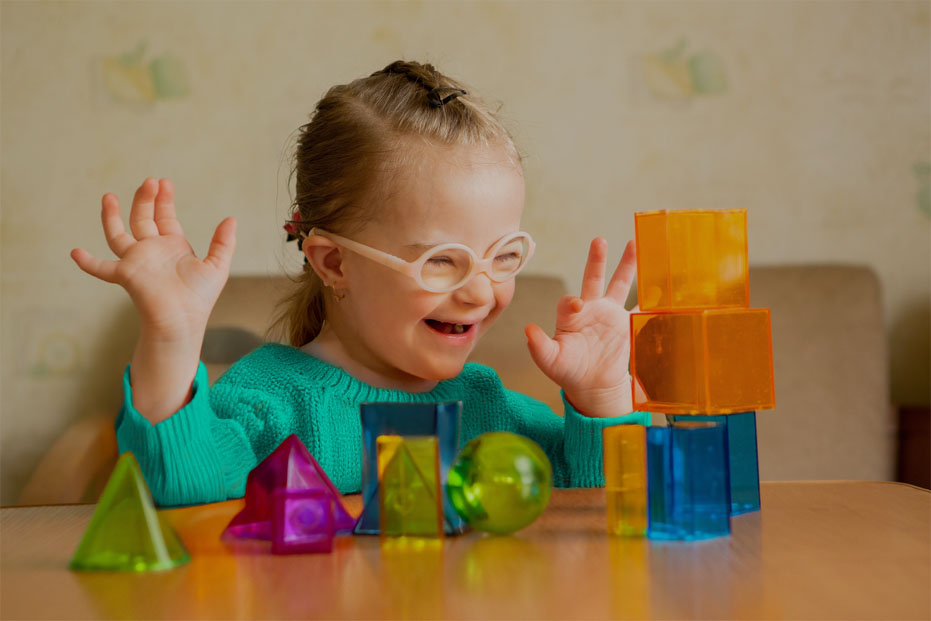From the insightful questions I've received, it's evident that those following this series are a deep-thinking group. This comes as no surprise, as parenting a child with special needs — as I discovered on my journey with my daughter Rochi — transforms us and fosters a unique perspective on life.
Your questions reflect this depth of thought. I commend you for your approach and encourage you to continue using this collective experience as an impetus for growth.
Here’s our next question:
Consistency is Key
First, let’s address the scenario with the little boy who wanted to eat before getting dressed. You navigated the situation admirably. By remaining consistent despite his tantrums, you taught him not only to tolerate when things don’t go his way but also showed him that he can cope with disappointments.
Your declaration, “First we get dressed, and then we eat,” is a mission statement. A Mission statement should be ten words or less and not contain the words “you” or “your.” Usually, such a statement can be repeated once every five minutes to a young child.
I don’t know how often you repeated this Mission; if you said it many times, it may have lengthened the tantrum because speaking during a tantrum feeds it. But even so, you handed your son a wonderful gift: You taught him that he can be fine even if he doesn’t have what he wants, when he wants it, and how he wants it.
This is probably the most significant lesson a person will need throughout their lifetime. Because each and every one of us will hopefully spend many decades in this world, and let’s assume that 50% of the time, things will happen as we want them to play out, and 50% of the time, they won’t. If we can only be OK when things go as we want, then we’ll only be OK half our lives. But if we can be OK even when things don’t go as we want, we can be OK all our lives.
Our children with special needs also need to learn this skill, because this also applies to them. Teaching them to handle life's challenges through small, manageable instances of frustration equips them with the resilience needed for whatever life presents. Your actions laid the foundation for your child to thrive in life.
Based on your description, it seems your son has the cognitive ability to regulate himself after a tantrum. Know that it's okay to say no and let a tantrum unfold with minimal dialogue.
With typically developing children, there’s absolutely no talking during a tantrum because there’s an assumption that they can self-regulate. Since I'm not familiar with your son's specific needs, I encourage you to assess whether you need to keep repeating the Mission statement throughout the tantrum. You might find that less is more.
To Push or Not
Now, let’s address your other, more serious question about societal attitudes towards children with special needs and their capacity for pushing past their comfort level. I’ve been asking myself the same question for 40 years. After giving it a lot of thought, I’ve arrived at the following idea:
Whether consciously or not, people usually gauge the value of a project by its expected outcome. And this approach mirrors how our world works. If I go to a job interview and they offer me a low salary, I might decide that the result isn’t worth the effort. Before investing in anything, we judge if the outcome is worth the time or effort.
Furthermore, success or completion is typically seen as the benchmark for the worthiness of a project. For instance, I won’t open a business unless I believe it will be successful. I won’t start constructing a building unless I’m confident I can complete it.
Sadly, this mindset extends to how society views people as well.
Contrary to the prevailing societal norms, our perspective doesn’t equate human value with productivity or success. In our view, every person is a fragment of the Divine, crafted by the Creator. This essence remains constant, transcending physical appearances or abilities, and every person deserves opportunities for growth. And spiritual growth isn’t all or nothing.
Consider this: If I inadvertently turn on a light on Shabbos, do I keep the remainder of Shabbos? Of course, I do, even though I messed up. We don’t believe that we either keep a perfect Shabbos or no Shabbos at all. We do the best we can, with a focus on continuous effort and growth, not perfection.
This principle should guide our approach to nurturing children with special needs. Each family, in consultation with mentors, must navigate these decisions, considering the unique circumstances and challenges they face. There is no one-size-fits-all answer, as every situation is uniquely shaped by various factors and backgrounds.
This questioner and many parents in similar situations embrace the challenge of supporting their children with special needs even without the assurance of ideal outcomes. Their commitment isn’t rooted in the certainty of results but in the value of the effort itself. They recognize the potential for setbacks but are prepared to face them.
I believe that these parents should be applauded, not discouraged. If they choose to try a particular method even though they were told that the child cannot master that skill, that process can be beneficial for both the parent and the child. And even if the child experiences frustration or tears, it’s an integral part of development and growth.

 OPWDD Guidance
OPWDD Guidance Family Support
Family Support Services for Children
Services for Children Services for Adults
Services for Adults Services for Children 0-3
Services for Children 0-3 Adult Acute Care
Adult Acute Care











.png)



.png)













